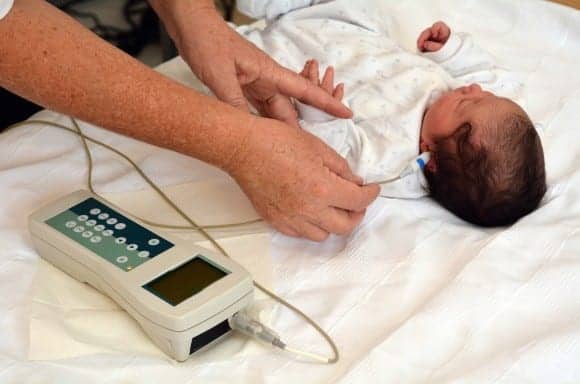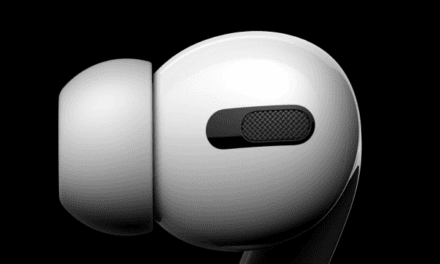Researchers at Cincinnati Children’s Hospital Medical Center have found that for newborns who fail initial hearing screenings at birth hospitals, targeted intervention helps improve follow-up rates by more than 70%.
Previous studies have shown that the earlier an infant is correctly identified with hearing loss, and the earlier they are treated for hearing loss, the better the outcome for speech, language and reading.
“It is important newborns are treated for hearing loss within the first 6 months of life because this is a critical time for speech and language development,” said Lisa Hunter, PhD, FAAA, the scientific director of research in the Division of Audiology at Cincinnati Children’s. Hunter is also a faculty member with the Communication Sciences Research Center at Cincinnati Children’s.
According to Hunter and colleagues, there is an issue called “loss to follow-up,” which refers to infants who reach 6 months without completing re-screening or diagnostic assessment. Low income mothers are especially at risk for loss to follow-up because of multiple barriers including transportation, lack of childcare, work or school schedules, and insurance coverage, according to a recent study article published in the June 2016 edition of Pediatrics.
To improve hearing outcomes for babies, Cincinnati Children’s collaborated with the Women, Infants, and Children (WIC) program. Over two years, there were 1,493 screening referrals at six birth hospitals in Greater Cincinnati recorded by the Ohio Department of Health. Of these, 260 WIC-eligible infants were referred to the study. The loss to follow-up rates for WIC eligible infants born at intervention birth hospitals were then compared with non-WIC infants.
Research coordinators from Cincinnati Children’s followed up to inquire about an on-site re-screen at the infant’s WIC appointment. After re-screening, parents were counseled regarding the results and the need for a diagnostic follow-up at an audiology facility if the infant did not pass.
According to Cincinnati Children’s, the WIC collaboration improved loss to follow up rates from 33.3% at baseline to 9.6% in years one and two (a reduction of 71%). The intervention also improved the age at hearing diagnosis from 68 days at baseline to 34.8 days across the two years of the study (a reduction of 48.8%). That is the age at which an infant is diagnosed with either normal hearing or a hearing loss.






